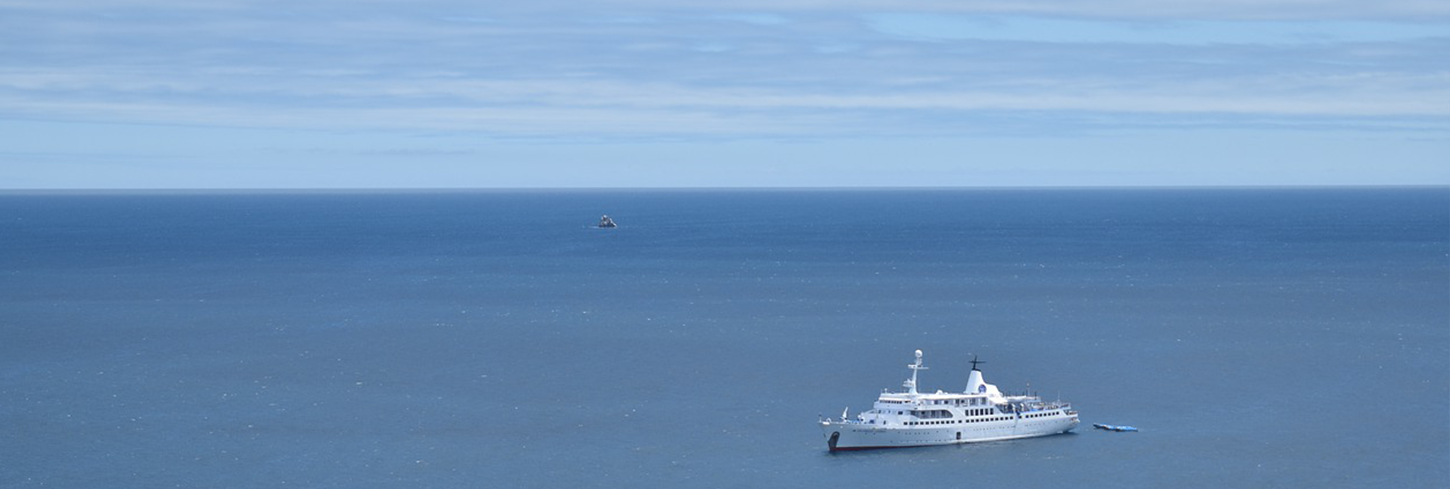
Why is Sustainable Travel so Important to the Galapagos?
Nearly 250,000 people take a Galapagos Islands vacation each year, and that figure is rapidly increasing. In fact, between 2016 and 2017, visitor numbers grew by 11%, according to National Park statistics. But is this rising interest in the islands good or bad?
It’s both.
The Importance of Galapagos Tourism

The conservation work that’s undertaken across the Galapagos Islands is incredible. Excellent protection is offered for flora, and fauna living in both the Galapagos National Park and the Galapagos Marine Reserve, while researchers are currently fighting hard against the introduction of potentially harmful invasive species. Best of all, there is the ability for park authorities, scientists, and Galapagos tour operators to work together to effectively manage tourist numbers through strategically planned excursion schemes.
And none of this would be possible without tourism. Tourism generates funds that allows for the National Park to create healthy environments for the unique wildlife found in this part of the world. The problem that the islands are experiencing, however, is that a large majority of visitors don’t understand just why the Galapagos Islands are so special.
Research suggests that only a very small number of travellers visit the Galapagos to learn more about evolution, with a desire to see animals the primary reason for travel. The endemic species on the islands helped to shape Darwin’s theory of natural selection, and these creatures are key to understanding where we’ve been, and where we’re heading. A loss of wildlife would be detrimental, and tourism increases this risk.

How much does it cost to Travel to the
Galapagos Islands?
Galapagos Tourism

While tourism brings money to the islands, it also brings people. In recent years, a great deal of human impact has been witnessed on the islands, even with limited access and restricted visitor sites. Researchers have noted a decrease in plantlife, an increase in the amount of waste materials, and a widening of the marked trails at the visitor sites.
Overfishing has also had a devastating effect, being cited as one of the main reasons for the struggle to recover from the El Nino weather pattern back in the early 1980s.
Clearly, tourism has its benefits, but it also introduces a number of challenges for such a fragile, unique, and vulnerable environment. This is where sustainable travel comes into play; creating a middle ground that will enable the islands to continue benefiting from tourism while simultaneously taking measures to reduce the human impact of travel.
The Rise of Eco-Travel

Sadly, National Geographic reports that nearly half of all Galapagos travelers are now land-based tourists, staying in accommodations on the islands. And this is something that is particularly worrying. Land-based Galapagos vacations massively increase demand for food and transport, and add pressure on the islands’ natural attractions.
A future of sustainable travel in the Galapagos relies heavily upon small boat cruising, particularly the use of self-sufficient vessels which minimize the need for fresh water and waste disposal through their own onboard systems. With a greater focus on responsible sea travel, making tourism work for the Galapagos doesn’t seem all that unattainable.
Leave a Comment